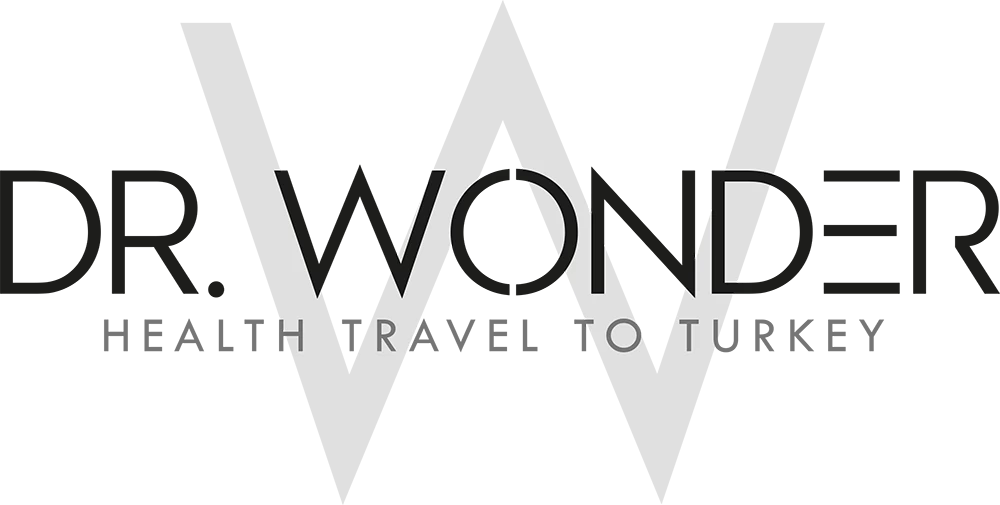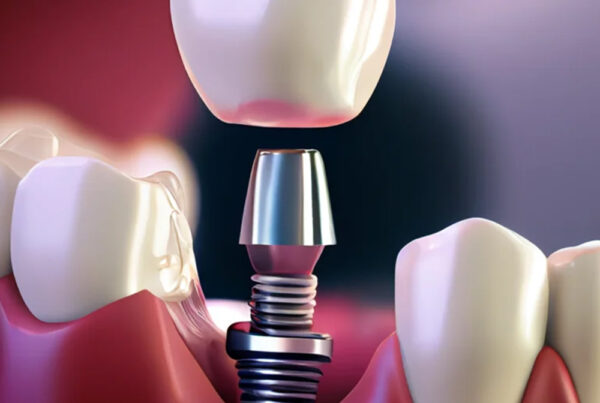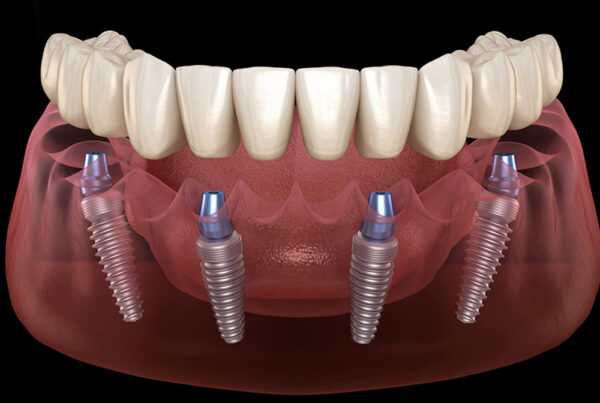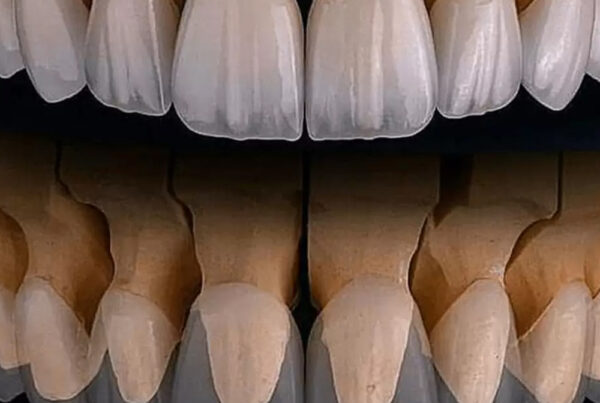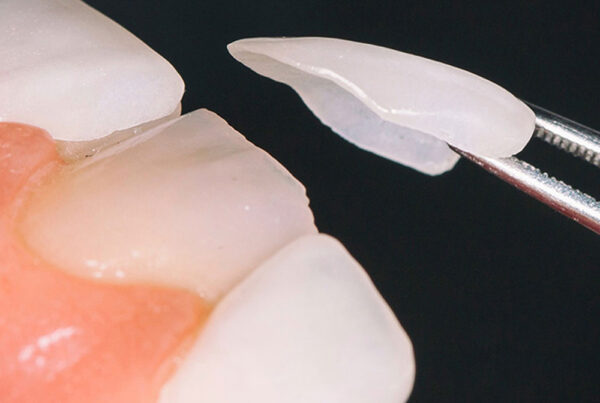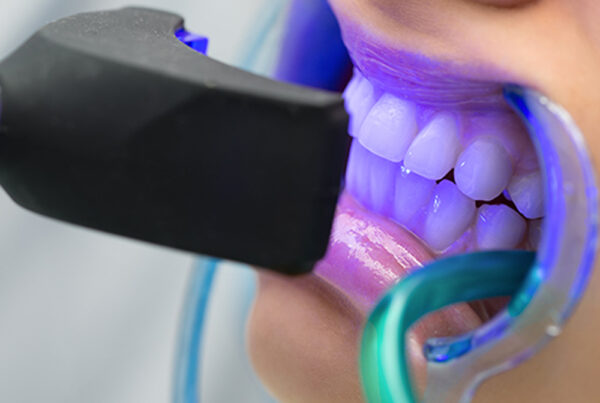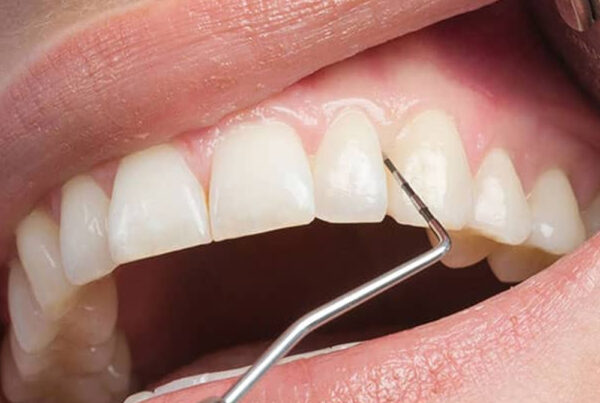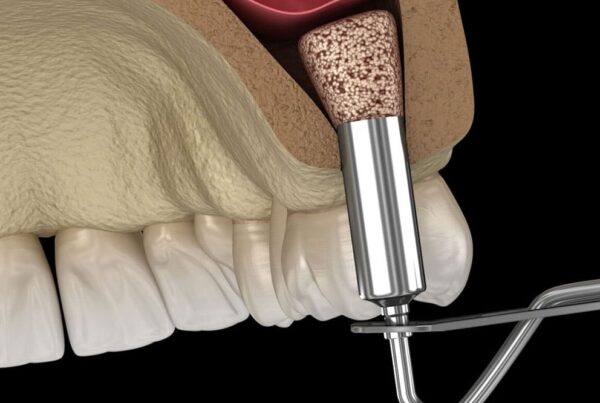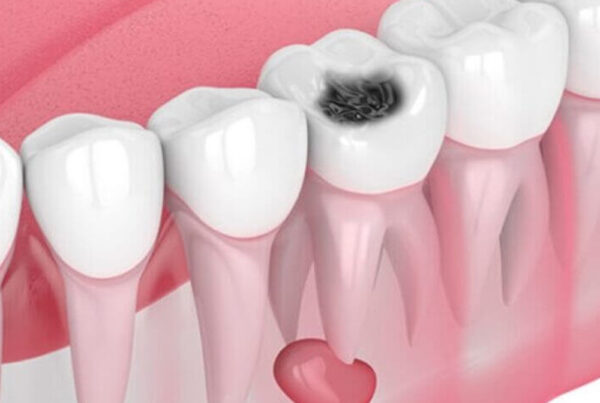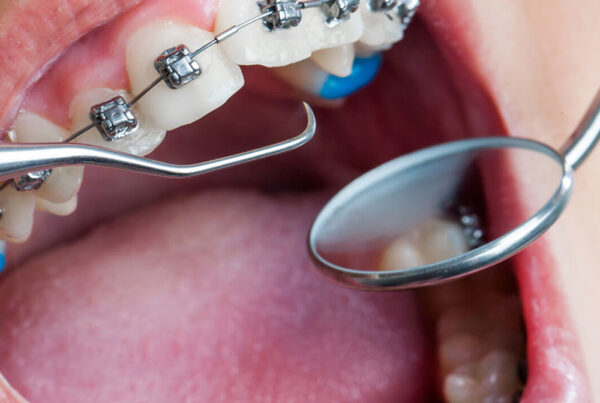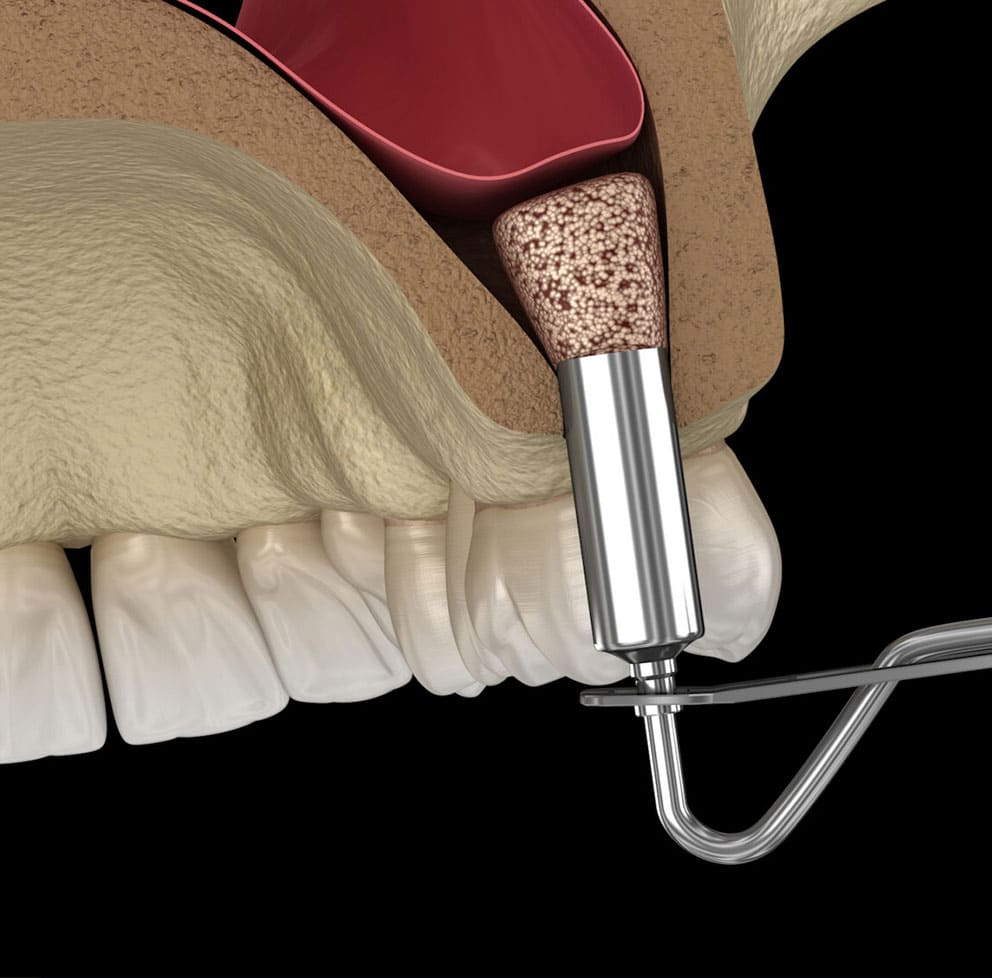
Other Treatments
Sinus Lifting: Preparing for Successful Dental Implants
Sinus lifting, also known as sinus augmentation, is a specialized surgical procedure that increases the amount of bone in the upper jaw, specifically in the area of the molars and premolars. This procedure is often necessary for patients who do not have enough bone height in the upper jaw or whose sinuses are too close to the jaw to support dental implants. By lifting the sinus membrane and placing bone graft material, sinus lifting ensures a strong, stable foundation for dental implants.
What Is Sinus Lifting?
The sinus lifting procedure involves raising the sinus floor to create more space for bone to grow in the upper jaw. This is necessary when the natural bone has been lost due to factors such as tooth loss, gum disease, or the natural anatomy of the patient’s sinuses. Without sufficient bone density in the upper jaw, it can be challenging or impossible to place dental implants. Sinus lifting helps by augmenting the bone in this area, making it possible to securely anchor implants.
Key Benefits of Sinus Lifting:
- Increases Bone Volume: The main goal of sinus lifting is to increase the height and volume of bone in the upper jaw, which is essential for supporting dental implants.
- Enables Dental Implants: For patients who have lost upper back teeth (molars or premolars) and do not have enough bone to place implants, sinus lifting creates the necessary foundation for successful implant placement.
- Long-Term Implant Success: By creating a strong base of bone, sinus lifting improves the long-term success and stability of dental implants, reducing the risk of implant failure.
- Minimally Invasive with Advanced Techniques: Modern sinus lifting techniques are often minimally invasive, with faster recovery times and reduced discomfort for patients.
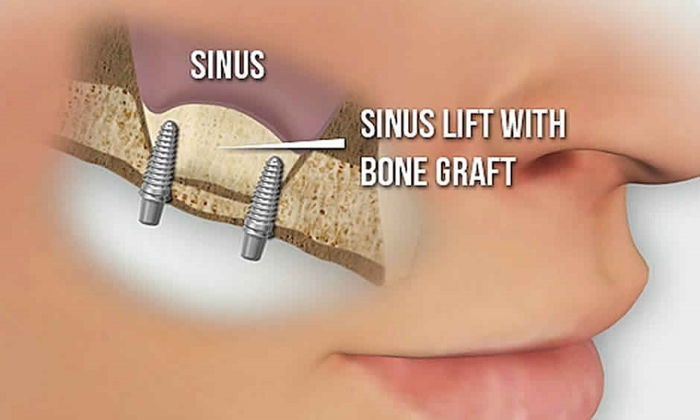
When Is Sinus Lifting Recommended?
Sinus lifting is typically recommended for patients who:
- Lack Sufficient Bone: Due to tooth loss, gum disease, or natural bone resorption, some patients may not have enough bone height in the upper jaw to support implants.
- Large Sinus Cavity: Some individuals have naturally large sinus cavities that are too close to the jawbone, preventing the placement of implants.
- Bone Loss After Tooth Extraction: After teeth are extracted, the jawbone can begin to shrink, and a sinus lift may be needed to regain the bone mass necessary for implant placement.
The Sinus Lifting Procedure:
- Consultation and Planning: During the initial consultation, your dentist or oral surgeon will evaluate your upper jaw using X-rays or CT scans to assess bone density and sinus anatomy. This helps to plan the procedure accurately and determine the appropriate bone graft material.
- Sinus Membrane Lifting: During the procedure, an incision is made in the gum tissue to expose the upper jawbone. A small window is created in the bone, and the sinus membrane is carefully lifted upward, creating a space between the sinus and the jawbone.
- Bone Grafting: Once the sinus membrane is lifted, the space is filled with a bone graft material. The graft can come from your own body, a donor, or synthetic materials, depending on your specific case. This graft will help encourage new bone growth over time.
- Healing Period: After the sinus lift is complete, the graft needs time to integrate with the existing bone and create a solid base. This healing process usually takes several months, depending on the individual patient and the amount of bone graft placed.
- Dental Implant Placement: Once the bone has fully healed and developed, dental implants can be placed in the newly augmented area. In some cases, if there is enough bone available, the implant can be placed at the same time as the sinus lift, reducing overall treatment time.
Types of Sinus Lifting Techniques:
- Traditional Sinus Lift: This involves creating a small opening in the bone to lift the sinus membrane and place the bone graft material. It is commonly used when a significant amount of bone augmentation is needed.
- Closed Sinus Lift: This less invasive technique is used when only a small amount of bone height is required. The sinus is lifted through the implant site itself, without creating a large incision.
Conclusion:
Sinus lifting is a highly effective procedure for patients who require dental implants but lack the necessary bone volume in the upper jaw. By augmenting the bone in the sinus area, this procedure provides the solid foundation needed for long-term success with dental implants. If you are considering dental implants and have been told you need a sinus lift, this procedure can dramatically increase your chances of achieving a stable, natural-looking smile.
